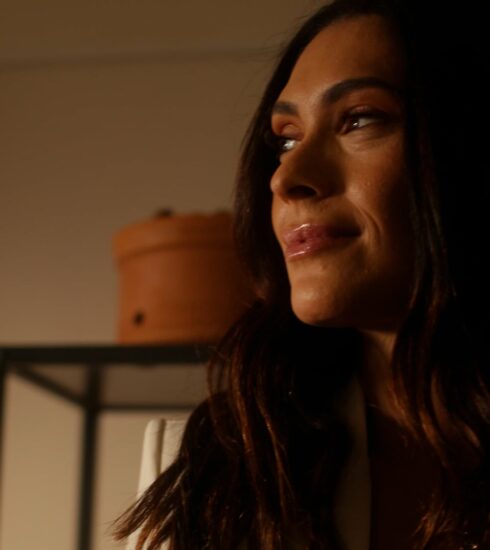Soe Like It Hot Project by Kyle Rauzi – FESCH.TV
FESCH.TV INFORMIERT:
For my first project of RHMS 375, I decided to do a video essay of the 1959 romantic comedy film Some Like it Hot, starring Marilyn Monroe, Jack Lemmon, and Tony Curtis. The film is about a saxophone player (Curtis) and a double bass player (Lemmon) who decide to dress up as women and join an all-female band in an attempt to escape the mafia after witnessing a massacre akin to the 1921 St. Valentine’s Day Massacre. For my video essay, I decided to go with the explanatory route while incorporating some poetic design choices to make my argument flow better and to have a bit of spark. I argue that there are several aspects of queer visibility shown throughout the movie and mainly focus on their roots in the comedic tone, while also using the film as a historical artifact of paratext for the present. The main comedic framework of the movie is the two white (mostly) heterosexual characters deciding to adorn women’s clothing. As professor Kohnen stated in her Visions of History book, Hollywood usually addresses and depicts the queer community and any queer representation inside the confines of indie or in this case the comedy genre of film. This practice is still used today and is the main focus of my argument, how queer visibility is mostly strained through the comedy genre. The Production Code sought to censor any and all films that displayed anything other than white heteronormative narratives, but filmmakers and writers were still able to slip some of their creative and code-breaking ideas of queer visibility into their works.
Unfortunately, queer visibility in films has been closeted and deployed so harshly that oftentimes it is the associated theme of pity, tragedy, or comedy. Some Like It Hot’s main plot of white male characters dressing as women is already woven into queer visible comedic fashion, as the film is in the comedy genre. The way the characters engage with each other, as well as other characters, displays the comedic smoke screen used to guard queer visibility. This can be seen through the main characters’ first appearances as women as they are walking awkwardly and look uncomfortable as if the characters themselves feel that such queer visibility is wrong and must be kept secret. We can also see more glimpses of aspects of queer visibility through the scenes of Joe (masquerading as Josephine) interacting with Sugar Kane (Marilyn Monroe). Joe hints at his real gender and the facade of his female attire by constantly saying he may show Sugar a “surprise” (the fact that he is really a man and is in love with her), but this truth is kept closeted as he is interrupted by other band members and does not reveal the truth to Sugar until later. This is also a sign of the queer visibility aspect of same-sex love not being shown, as Joe disguised as Josephine hints his love towards Sugar, but nothing comes of it in the scene. Sugar herself also references queer visibility during her solo in the band’s practice, associating gayness with “recklessness”, being “bold”, and “going wild”. We again see the aspects of queer visibility, as unfortunately at the time and still, now queerness was looked down upon and seen as outside of normal. Being that our two main characters are heterosexual white males, this also brings the queer visibility aspect of whiteness and heternormality. I utilized a quote from professor Kohonen’s Visions of History book: “Discourses of whiteness and heterosexuality thus reinforce one another via narrative organization” (Kohnen, 60). I really liked this quote because it perfectly described the trope of the Production Code wanting to keep relationships white and heteronormative, something which Some Like It Hot toys around with.
For the poetic design choices, I decided to incorporate the use of shrunk screen sizes with (sometimes) colored texts and simple text overlays on full screens of scenes. I utilized the text overlays in the normals scenes to be shaped around the characters so as not to intrude upon their space because so much of the film’s queer visible aspects are associated with them. I wanted to make them the focus of the argument, which is why I used the text overlays to explain and add further context to the scenes. I also used colored text in some of my explanatory descriptions, but only sparingly, as I wanted to keep the old-fashioned black and white feeling of the movie. I used the shrink screen features when I wanted to display larger and longer text explanatory descriptions to better help the audience understand. For my final scene, I decided to try something new. I let a clip play with a character referencing a previous scene, then I spliced that same referenced previous scene at the end of that clip to work as a transition and looking glass into the past. I hope you enjoyed my video essay, please let me know how I can improve.
Deinen Freunden empfehlen:






